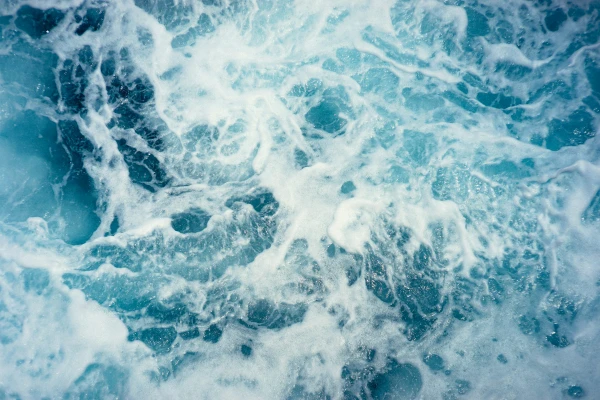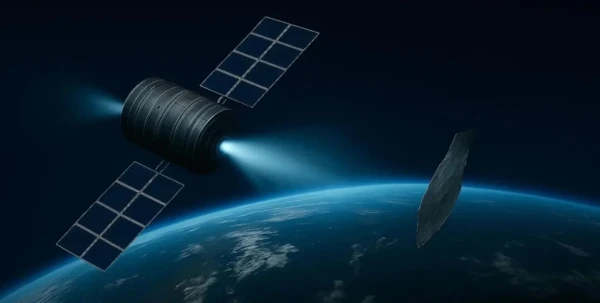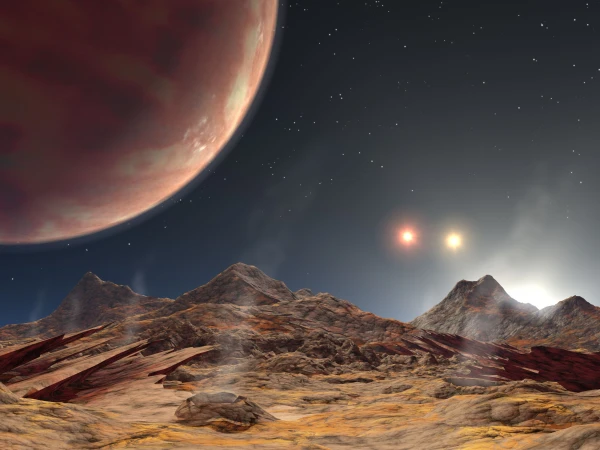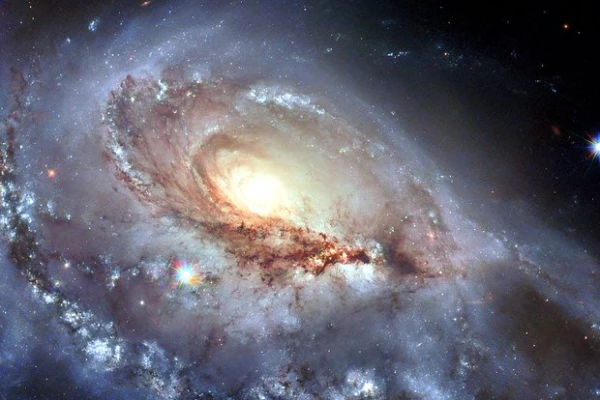
The Guardian: the death of corals indicates that the Earth has reached a tipping point.
The Earth has reached its first climate tipping point related to the increase in greenhouse gas concentrations, scientists warned. According to the international report Global Tipping Points, the mass destruction of thermal-water coral reefs has already begun and may become irreversible.
A study conducted with the participation of the University of Exeter and funded by the Jeff Bezos Foundation shows that the average temperature of the Earth has already increased by approximately 1.4 °C compared to the end of the 19th century. This has triggered the most extensive bleaching process in history — the loss of symbiotic algae, without which corals lose their nutrition and die. Currently, more than 80 percent of reefs in 80 countries have suffered from ocean overheating, and this process has already become irreversible for many ecosystems.
According to scientists, following the corals, glaciers in Greenland and Antarctica, ocean currents, and the Amazon forests are approaching critical thresholds.
"We are no longer talking about future risks — the threshold for irreversible changes has already been crossed," explained Professor Tim Lenton.
In this regard, experts are calling for urgent measures to reduce emissions to slow the development of irreversible climate processes.
Earlier it was reported that the largest iceberg in the world has broken into pieces
In early September, it became known that the largest iceberg in the world, A23a, lost about a thousand square kilometers of area over the summer and broke into three huge fragments — their sizes range from 60 to 300 square kilometers.
During the Antarctic winter, the iceberg lost more than a third of its mass: back in June, A23a covered 2730 square kilometers, but now its area has shrunk to 1750 square kilometers.
The giant is currently drifting just 70 kilometers north of South Georgia Island. In recent months, the iceberg has traveled about 930 kilometers, rounding the island under the influence of ocean currents.
In mid-September, news emerged that iceberg A23a had broken apart again: four massive pieces separated from it, resulting in a nearly 20 percent reduction in its area. The ice block now occupies about 1423 square kilometers, maintaining its lead in size among all known icebergs.















Leave a comment